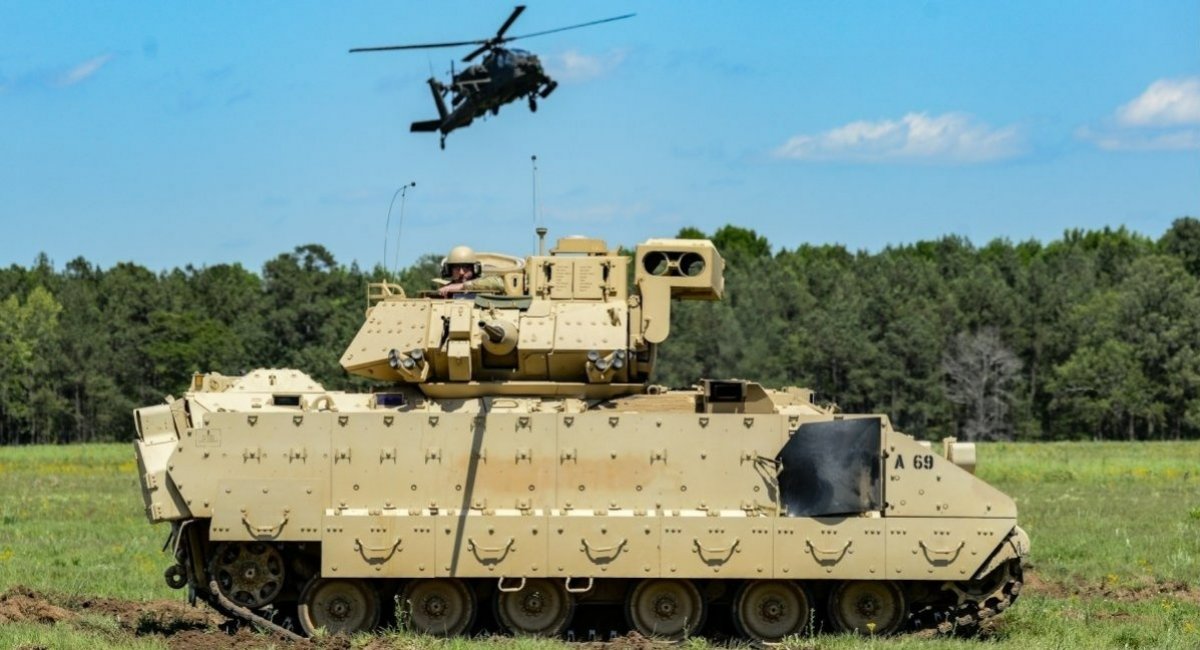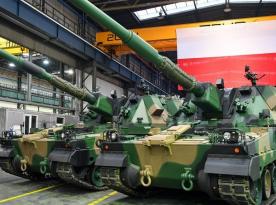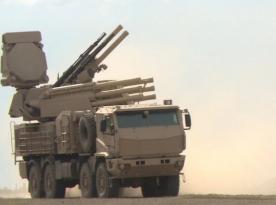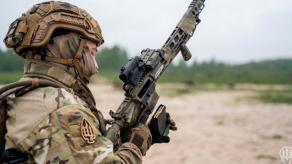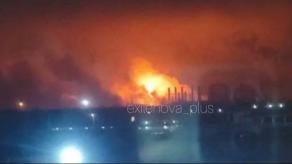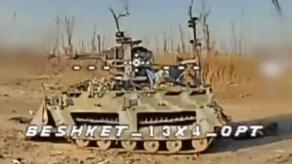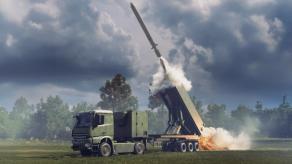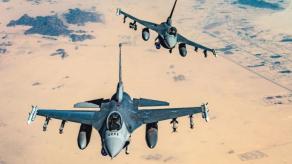The Pentagon’s newly announced comprehensive transformation of the U.S. Army to more effectively counter China involves downsizing entire units deemed outdated or incompatible with warfare in the Indo-Pacific region.
While the full list is still being finalized, armored formations and attack aviation units are expected to be affected. This change stems from a broader strategic shift. For much of the 20th century, Europe was the main expected war theater for the U.S. military, and weapons were developed with that in mind. However, a potential Indo-Pacific war presents very different operational requirements — especially for ground forces.
Read more: Delays in Australian M1 Abrams Transfer to Ukraine Show the Problem is Much Deeper
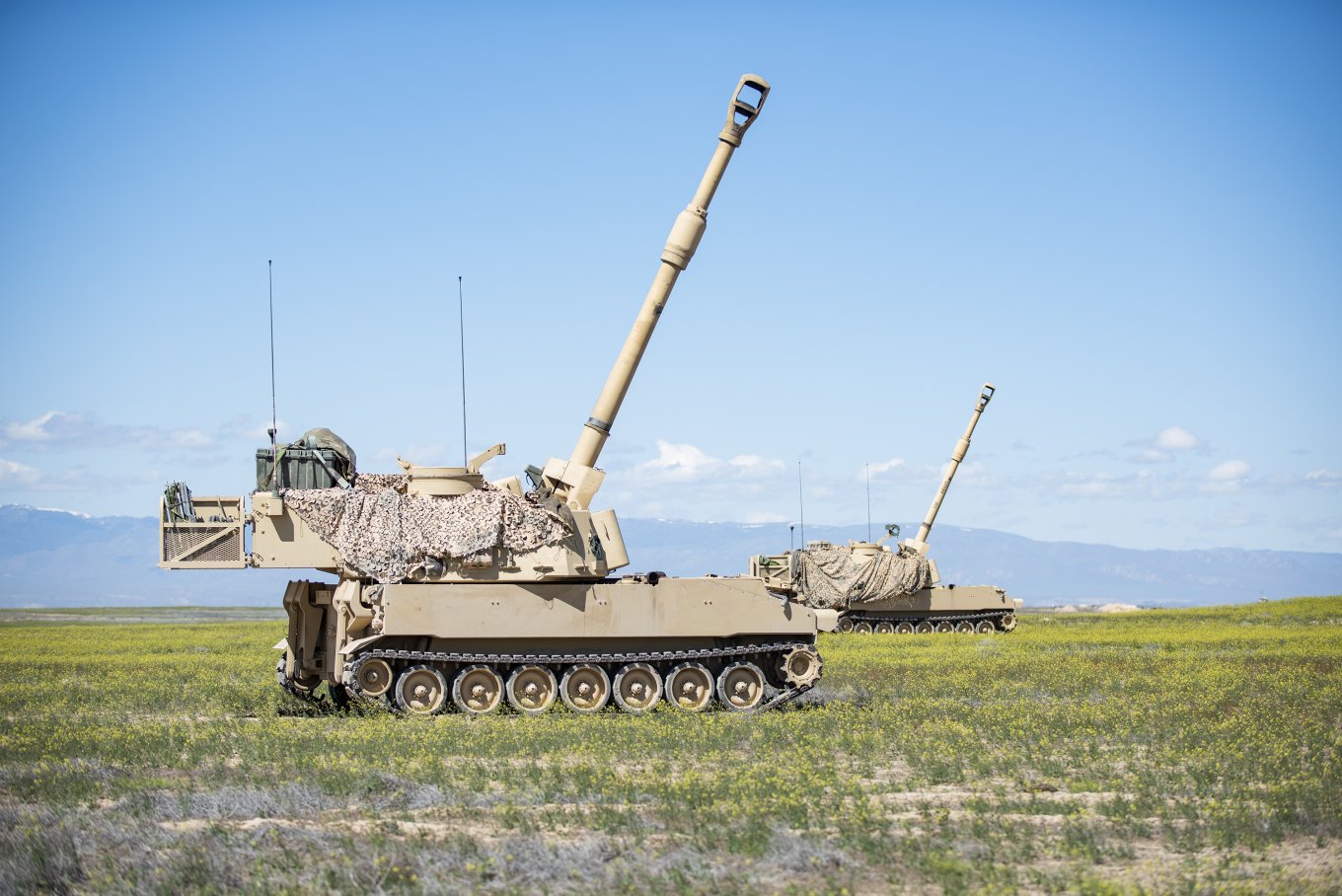
To conduct operations on islands, the U.S. Army needs lighter, more flexible equipment — closer to that used by the U.S. Marine Corps, where mobility and expeditionary capability are key. If the Pentagon no longer plans to fight with heavy mechanized formations that are difficult to deploy and sustain on islands, it makes sense to reduce their numbers.
Remaining units would likely be maintained only for defending the continental U.S. This does not mean heavy weaponry will be eliminated entirely — but reductions are inevitable. For example, the Army plans to retire around 160 older AH-64D Apache helicopters, while keeping the more modern AH-64E Apache Guardians.
A similar approach may be taken with about 370 M109A6 howitzers that haven’t been upgraded to the A7 standard. Older versions of the Bradley M2A2 IFV (potentially 500–1,000 units) and about 550 Abrams M1A1 SA tanks may also be excluded from modernization plans, especially as the Abrams fleet is expected to become lighter.
The Army has also stopped ordering HMMWVs, JLTV armored vehicles, and MQ-1C Gray Eagle attack drones, though it’s unclear whether existing units will be retired. Meanwhile, production of the new M10 Booker light tank has been scrapped after over $1.8 billion and 10 years of development, as the Pentagon now lacks a clear role for it.
The key question remains: could Ukraine acquire any of the equipment slated for retirement? In theory, yes. The U.S. has a program — Excess Defense Articles (EDA) — designed to transfer surplus military equipment, often at no cost. However, the recipient must cover all logistics and refurbishment expenses, which are typically high, especially since most repairs would need to be done at U.S.-based facilities.
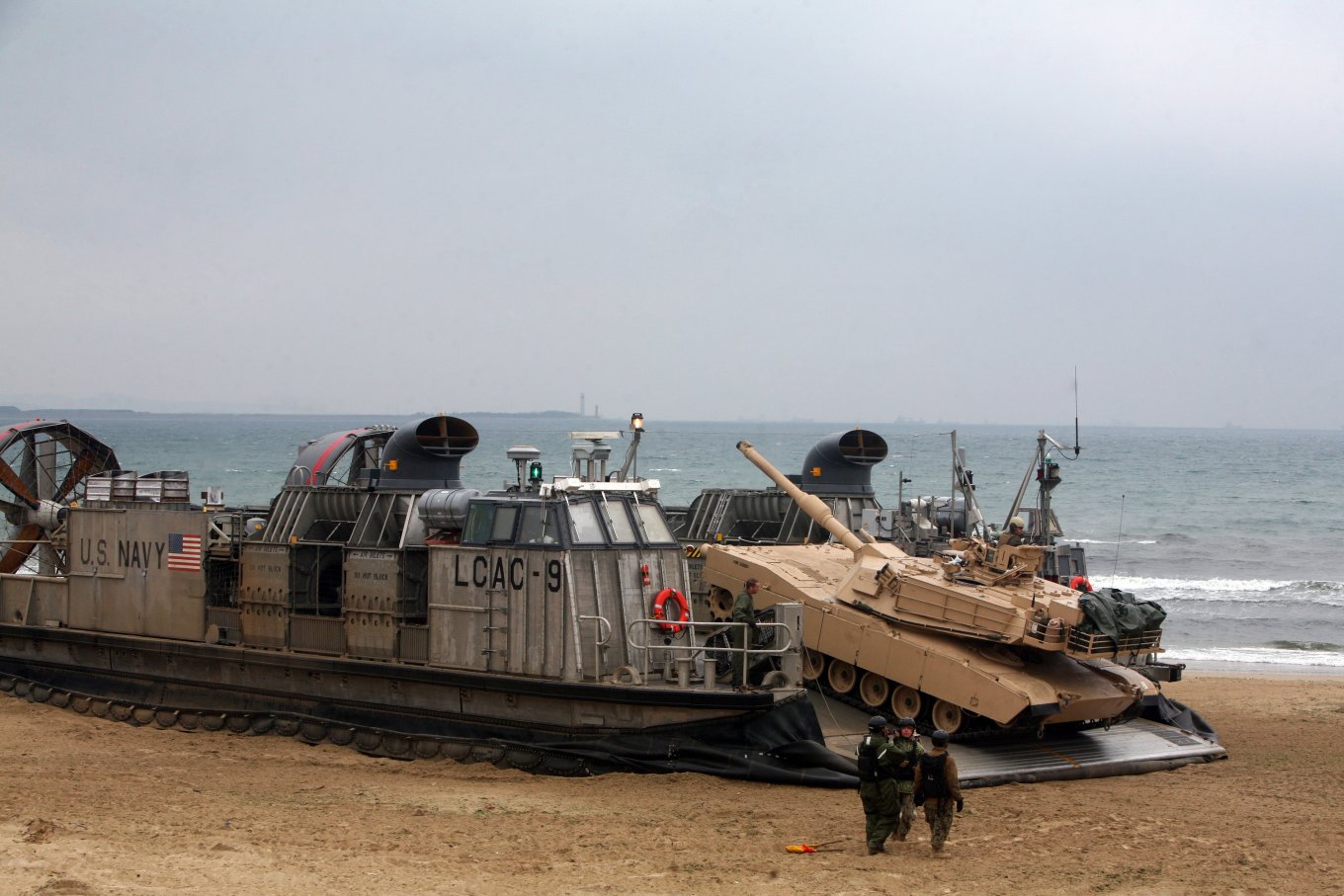
The real challenge is that the U.S. is more likely to offer its oldest, most worn-out systems that are already in storage rather than recently retired, more capable ones. Exceptions to this do exist but usually result from political or diplomatic efforts.
In this context Defense Express reported, that Ukraine Might Buy AMPVs No Longer Ordered by the U.S. Army as well as About Capabilities of This New Bradley Version. We also wrote, that Ukraine Might Receive Two More Patriot Batteries From Unexpected Sources.
Read more: What Does the DCS the White House Approves for Ukraine, Entail?



